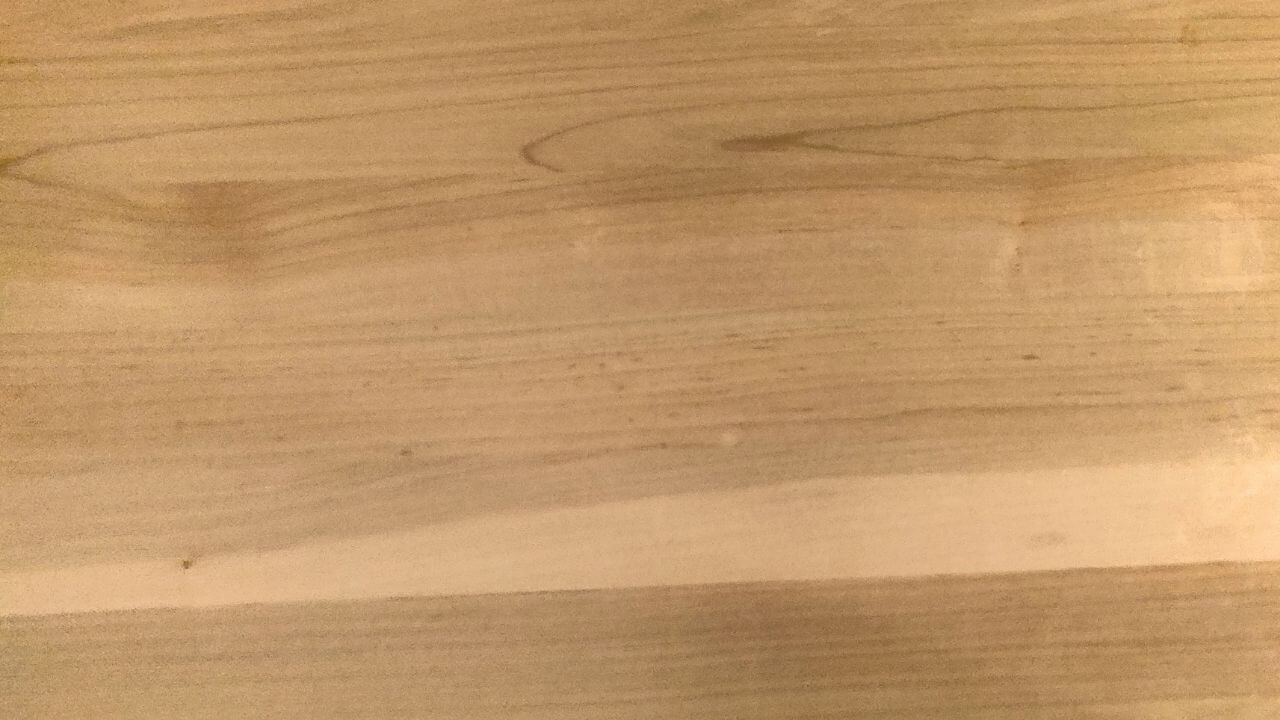Pine wood comes from different species within the Pinus genus and is classified as a softwood. It is widely available in North America, Europe, and parts of Asia, and is sourced from managed forests, making it a renewable resource. Its unique grain patterns and light color make it a popular option, particularly for rustic and traditional decor styles. While being easier to work with due to its softwood classification, pine also has some distinct characteristics that are important to keep in mind.
Types of Pine Wood
There are numerous species of pine, but two primary types are most commonly used in woodworking: White Pine and Yellow Pine.
White Pine
White pine is popular for its smooth grain and light, nearly creamy hue. It is relatively soft and lightweight, making it a great option for furniture that requires easy mobility or adjustment. Additionally, white pine resists shrinking and swelling, enhancing its stability across various climates.
Yellow Pine
Yellow Pine, particularly in the U.S., is known for being a tougher and more durable type of pine. It offers greater strength compared to white pine and features a more distinct grain, which enhances its visual appeal. However, the density of yellow pine can make it more difficult to work with.
Pine Wood Pros
Despite being a softwood, pine is highly valued for its unique advantages, making it a top choice for many homeowners and craftsmen.
1. Affordability
Pine wood is generally one of the most affordable types of wood on the market. Its rapid growth rate and widespread availability make it inexpensive compared to hardwoods like oak or maple, making it ideal for budget-conscious projects.
2. Availability
Pine trees grow abundantly in many regions, particularly in North America and Europe. Because of this, pine wood is readily available and often found in a range of sizes, cuts, and grades, making it accessible for both large-scale construction and small DIY projects.
3. Ease of Working
Due to its soft texture, pine wood is exceptionally easy to work with. It takes nails, screws, and glue well, which makes it a favorite for woodworking beginners and professionals alike. Pine can be easily cut, sanded, and shaped, making it suitable for projects requiring intricate detailing.
4. Attractive Aesthetic
Pine wood’s light color and natural grain patterns provide a charming, rustic aesthetic that appeals to many. It readily accepts stains and paints, allowing for a customized look that fits various decor styles, from farmhouse to modern.
5. Sustainability
Pine trees grow quickly and can be harvested from managed forests, making pine a sustainable choice for those concerned about environmental impact. The fast growth rate of pine means it can be replanted and replenished relatively quickly, adding to its eco-friendly appeal.
Pine Wood Cons
While pine wood has many benefits, there are also some limitations to consider, particularly if your project requires a highly durable material.
1. Softness and Durability Issues
As a softwood, pine is less durable than hardwoods. It can dent, scratch, and wear more easily over time, especially in high-traffic areas or for furniture that will experience heavy use.
2. Prone to Scratches and Dents
Pine wood’s softness makes it susceptible to scratches, dents, and other damage from everyday use. In areas where the wood is exposed to high impact or frequent handling, such as table surfaces and floors, pine may wear down faster than hardwood options.
3. Susceptibility to Moisture and Decay
Pine wood is prone to absorbing moisture, which can lead to warping, swelling, or even rotting if it’s exposed to humid conditions for prolonged periods. It’s best to use pine wood in indoor environments or treat it thoroughly if used outdoors.
4. Color Changes Over Time
Over time, pine wood tends to develop a yellowish hue due to oxidation, especially when exposed to sunlight. This aging process can be attractive for some, but others may find it less desirable, particularly if they prefer the wood to maintain its original pale color.
Caring for Pine Wood Products
Proper care can help pine wood products last longer and maintain their appearance.
- Regular Cleaning: Dust and clean pine surfaces frequently to prevent buildup and avoid scratches.
- Seal and Finish: Applying a quality sealant or finish can protect pine from moisture and increase its longevity.
- Avoid Direct Sunlight: Pine is prone to color changes with prolonged sunlight exposure, so it’s best to keep pine items away from windows or apply UV-protective finishes.
Environmental Impact of Using Pine Wood
Because pine is a fast-growing tree that can be sustainably harvested, it’s generally considered an eco-friendly choice. Sustainable forestry practices ensure that pine trees are replanted and managed responsibly, helping reduce deforestation and maintain biodiversity.
Conclusion
Pine wood is a versatile, budget-friendly choice that brings warmth, character, and a natural aesthetic to any space. While it has its limitations in durability and resistance to wear, its affordability, ease of use, and availability make it a great option for many applications. Whether you’re creating furniture, cabinetry, or decorative pieces, pine wood offers a balance of beauty and practicality that appeals to both novice and experienced woodworkers.

